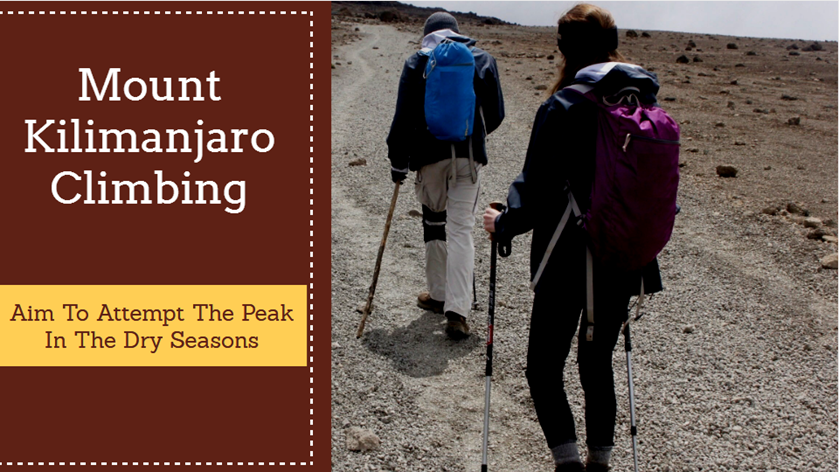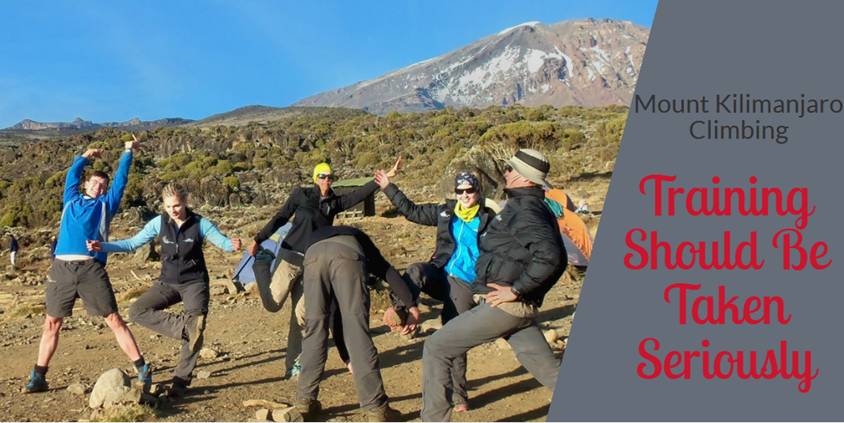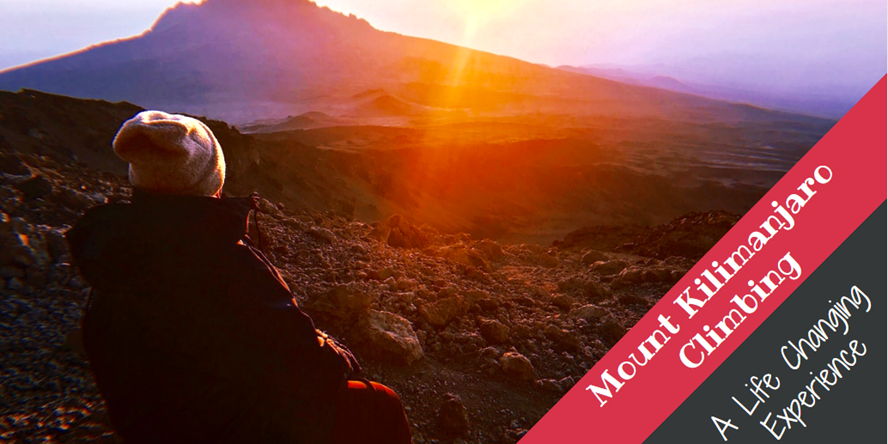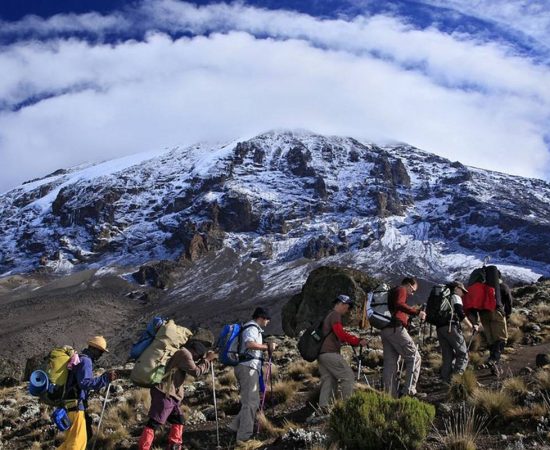When most people think of a holiday break, they envision themselves relaxing on a sunny beach, sipping a drink out of a coconut. Although there is nothing wrong with this type of holiday, we do favor something more adventurous and active.

Is Climbing Kilimanjaro one of your top bucket-list items? Do you want to conquer this zenith of Africa? But are you confused or worried about the difficulties or challenges that you might face while conquering this mighty mountain. If so, then don’t worry as our exception team at Big Expeditions is there to guide and help you through the different challenges during your trek.
At 19,341 feet (5895 meters), Mt. Kilimanjaro tallest mountain in Africa and the highest freestanding mountain in the world. Even though Mount Kilimanjaro Climbing is a non-technical climb and you don’t need prior experience to climb, you still need to fit before you attempt the climb. Listed below are some bits of advice which can be helpful if you are planning to trek Kilimanjaro:
• Aim To Attempt The Peak In The Dry Seasons

Kilimanjaro can be climbed all year round due to its proximity to the equator, however, a few months are better than other especially during the dry season. Since it might rain even during dry season, it is recommended that you invest in waterproofs as you can experience rain during your trek.
• Choose Your Preferred Route

There are about seven official Kilimanjaro Routes that you can choose from, each with its own challenges and attributes. You can decide which route to take after doing some research to decide which one of them interests you most.
• Training Should Be Taken Seriously

Kilimanjaro is considered as a trekking pinnacle, and even though you don’t need any technical training for Mount. Kilimanjaro Climbing, however, does not imply that you don’t need any training prior to attempting the climb. Kilimanjaro is accessible for most sensibly fit people.It is suggested that you should train three-four months prior to your trekking.
• Do Research On Altitude Sickness

One of the greatest challenges of Kilimanjaro Climbing is beating the altitude. It isn’t extraordinary for trekkers to encounter migraines, sickness, loss of appetite, sleeping disorder, and other symptoms as you trek the mountain. The best way to avoid Mountain Sickness is to walk at a slower pace to properly acclimatize, it is also recommended to drink enough water daily and to trek high and rest at a lower altitude.

The human body can tolerate drastic departures from normal conditions. If you have never been subjected to harsh conditions, never been to a higher elevation, never walked for 12 hours continuously, foot pain, never felt so depleted and sick, you’ll be astonished how you can, how you will muster the nerve to continue onward. This is the reason climbing Kili is a life-changing experience. So, Climbing Kilimanjaro will help you realize your own potential and exactly what you are capable of.
Hope that the above advice would help you on your Mount Kilimanjaro Climbing expedition. If you want to know more about Kilimanjaro trekking visit us at bigexpeditions.net for more information. Feel free to ask all your queries.





Subscribe our newsletter to stay updated.
Whether you are looking to explore the wildlife of the Serengeti, or begin your expedition up Mount Kilimanjaro, we have something suitable for all of you. Get in touch with us today and our team of specialists will help build your experience of a lifetime to Tanzania
Read More